Due to the good application prospect of wet electrostatic precipitator and its difference from dry electrostatic precipitator, it is necessary to study and design a suitable wet electrostatic precipitator control system to improve the operation and management of wet electrostatic precipitator equipment. Levels and levels of automation control, reducing emissions and reducing energy consumption play an important role. 1 Composition of the wet electricity control system According to the working principle of the wet electrostatic precipitator, through the analysis and combined with field use and debugging experience, the control system of the whole wet electrostatic precipitator includes high pressure system, water treatment system, low pressure heating and hot air purging system, and upper computer system. 2 Design of wet electricity control system Since the wet electrostatic precipitator has the same points and different points from the original dry electrostatic precipitator, the central design of the dry dust collector control system can be used for reference, and different parts need to be designed. The focus is on the new water treatment. Partial control system design. 2.1 High pressure system The dust collector of the wet electrostatic precipitator and the dry electrostatic precipitator have the same principle. The dust is charged by the high voltage corona discharge, and the dust after the charging reaches the dust collecting plate under the action of the electric field force, and then the periodic flushing is adopted. In a way, the dust is removed as the flushing liquid flows. Therefore, the entire wet precipitator high-pressure control system is very important, generally using high-frequency power supply, high-efficiency three-phase power supply. They operate smoothly, have high input power, powerful spark detection and control functions, and complete protection functions to ensure efficient operation of wet electrostatic precipitators. 2.2 Water treatment system The water treatment system mainly solves the secondary pollution and water consumption of water, mainly the water discharged after being sprayed and washed by the wet electrostatic precipitator, containing a large amount of acidic substances and fine particles. Direct discharge will cause secondary pollution, and it will consume a lot of water, high operating costs, and water must be recycled. The recycling of water has to go through two steps: one is to neutralize the acid; the other is to separate the solid suspended matter and turn the sewage into industrial water suitable for spraying. Neutralization and acid removal mainly reduce the acidity of water by adding alkali to achieve weak or weakly alkaline water quality. Separation of solid suspended matter mainly uses a filter to filter solid impurities, dust, and the like in the water. The flushing water includes circulating water and raw water hydrating water, and the water flowing from the collecting electrode is collected in the hopper into the circulating water tank, and the circulating pump enters the automatic cleaning filter, and the clarified water is reused as circulating water, and is sprayed into the wet electric dust removing machine. The filtered wastewater is used as desulfurization process water or discharged to a wastewater treatment plant. Therefore, the water treatment system is the main part of the wet electrostatic precipitator different from the dry electric dedusting, and also the design focus of the wet electrostatic precipitator control. It includes several parts such as hydration system, flushing system, filtration system, circulation system, and alkali addition system, which are automatically controlled by P LC. 2.2.1 hydration control system The hydration automatic control system mainly controls two points: 1 according to the liquid level of the replenishment tank, automatically open or close the water electric butterfly valve, so that the liquid level of the replenishment tank is controlled within a certain range; 2 through the two lead pumps outside the replenishment tank , the water in the water tank is sent to the top of the dust collector for spray washing. Due to the need to meet the atomization requirements of the spray water, the key is to accurately control the pressure of the water. Therefore, we adopt the same accurate PID control and take the water pressure as the control point (a large number of experiments prove that the spray water of 0.25MPa) The atomization effect is the best. The positive feedback PID control is applied to the variable frequency pump to ensure the supply of makeup water and the atomization effect of the spray water. 2.2.2 Flush control system The flushing spray control system consists of several electric butterfly valves. According to the spraying process requirements, the electric field of the dust collector is flushed and sprayed in a certain order. The whole flushing spray system realizes automatic sequential control, which is safe and reliable. 2.2.3 Filter Control System The filtered water control system uses two layers of gray water separators. Each layer has several solenoid valves. The technology of self-control interlocking is used to accurately control the switching time and switching sequence of each solenoid valve to ensure gray water. The separator operates normally and clean water enters the circulation system after filtration. 2.2.4 Adding alkali control system After filtration, the circulating water is acidic. In order to prevent the localized corrosion of the circulating water circulating into the dust collector, an alkali addition system is needed to adjust the acidity and alkalinity of the circulating water to achieve the anti-corrosion standard. The automatic control of the alkali-adding system is realized according to the pH value of the circulating water as a reference value. The alkali pump is used as the regulating variable of the pH value, and the lye is continuously injected into the circulating water to keep the circulating water exhibit a certain weak alkalinity. Protect the dust collector body. 2.2.5 Cycle Control System The circulation system sends the filtered water to the top of the precipitator for flushing by pressurization of the circulation pump. The recycling of circulating water reduces the water consumption of the flushing water and further meets the requirements of energy saving and environmental protection. The automatic control of the circulating water system consists of a circulating pump and an electric butterfly valve on top of the precipitator. As with the hydration system, the circulating pump is used as the basis for PID adjustment according to the set water pressure, and the circulating water is sent to the top of the precipitator at a certain pressure, and then several electric butterfly valves at the outlet are controlled in an automatic sequential manner to the anode and cathode. The plate is rinsed. 2.3 Heating system The heating system consists of insulator incubator heating and hot air purging heating, which is automatically controlled by PL C, heating or stopping heating according to the need of the incubator, or stopping or stopping the hot air purging heating. The hot air purging system is composed of a fan, a butterfly valve and a heater. When it is automatically turned on, it is started in the order of the fan-butterfly valve-heater; when it is automatically turned off, it is closed in the order of the heater-butterfly-fan. 2.4 host computer system In order to ensure the stability, reliability and high performance of the system, the upper computer system selects the industrial control computer, and at the same time selects the corresponding intelligent communication card with the latest functions, network front-end machine and other acquisition devices, so that the system has extraordinary data sampling capability and processing capability. Thereby achieving the requirements of centralized management, decentralized control, energy saving and emission reduction operation of wet electric dust removal. The host computer system collects the operating condition data of each subsystem such as high pressure, water treatment, heating, etc., and the corresponding analog value and switch quantity signal through various intelligent cards, network front-end machines, etc., to various animations, graphs, tables, and curves. The text, text, etc. are displayed on the screen; the manually set relevant parameters are sent to the lower computer when needed or automatically controlled according to the feedback signal, thereby obtaining better control effects. 3 applications After the system design was completed, it was put into operation in many power plants such as Shanghai Changxing Island and Shandong Huangdao. After debugging, the system was running normally and stably, and the whole wet electrostatic precipitator achieved good results. After testing, the operating voltage of Changxing Island wet electrostatic precipitator is stable at 45 kV, normal operation, soot emission is 3.9 mg/Nm3, SO3 emission concentration is 2.2 mg/Nm3; Huangdao wet electrostatic precipitator is more effective. The average smoke concentration of the outlet is only 2.1 mg/Nm3, which is much lower than the design guarantee value of 5mg/Nm3. The SO3 emission concentration is lower than 0.2 mg/Nm3, and the water treatment system in the automatic control operation consumes 9.0t. /h, also below the design guarantee of 11.97t/h. 4 Conclusion The successful application of the wet electrostatic precipitator control system indicates that the design of the control system meets the needs of the practical application of the wet electrostatic precipitator. As the environmental protection requirements become more and more strict, as the final control equipment for air pollution, wet electrostatic precipitators will be more and more popularized and applied, and the wet electrostatic precipitator control system will be further optimized and improved, especially the water treatment system. The accuracy and accuracy of the PID control in the middle, to achieve more refined, automated control, to achieve the high-efficiency energy-saving control effect of the wet electrostatic precipitator.
Injection Moulding Machine,PP Injection Machine,PP Preform Injection Machine,PP Injection Molding Machine Demark(changxing)injection system CO. LTD , https://www.petplas.com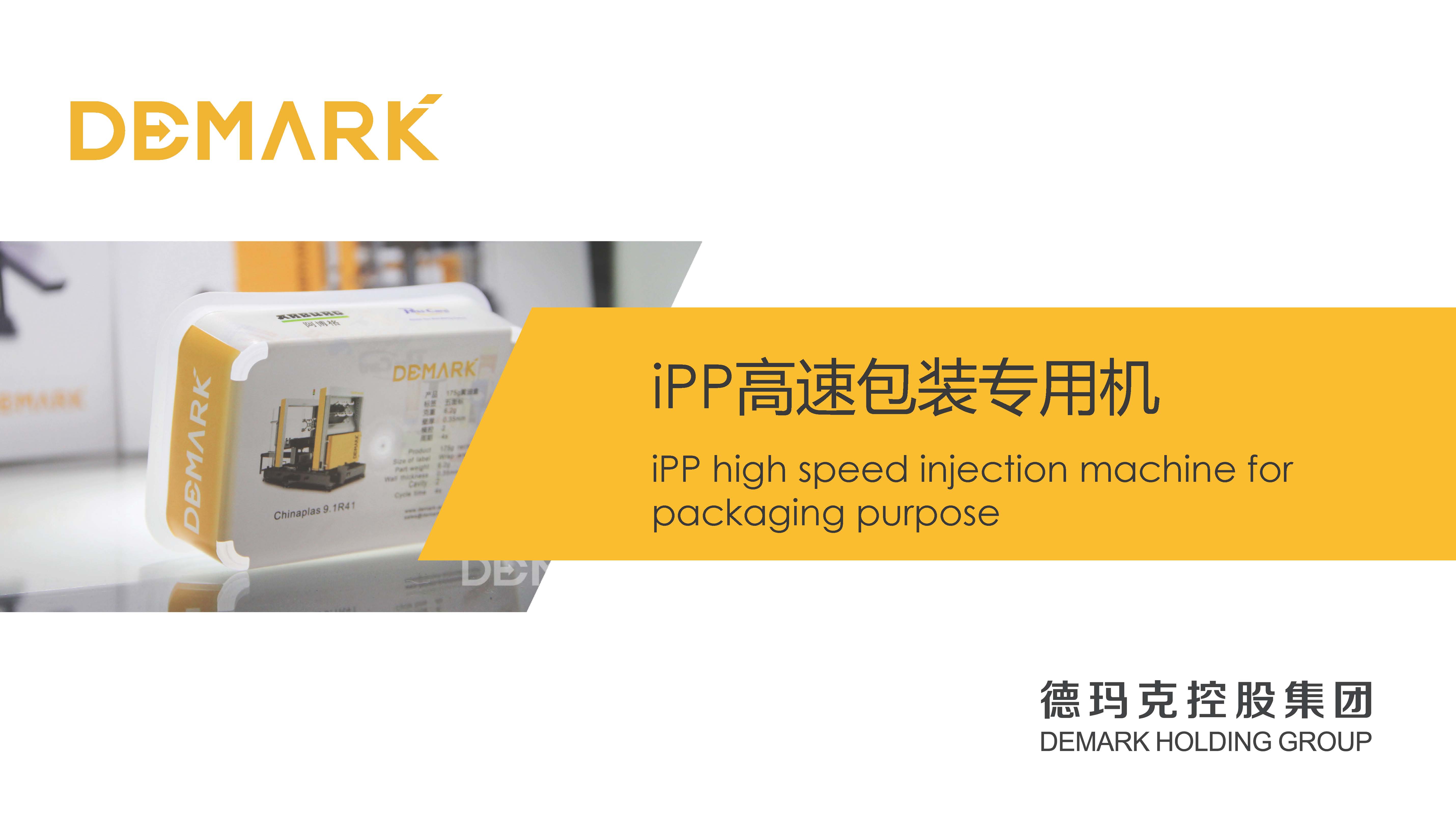
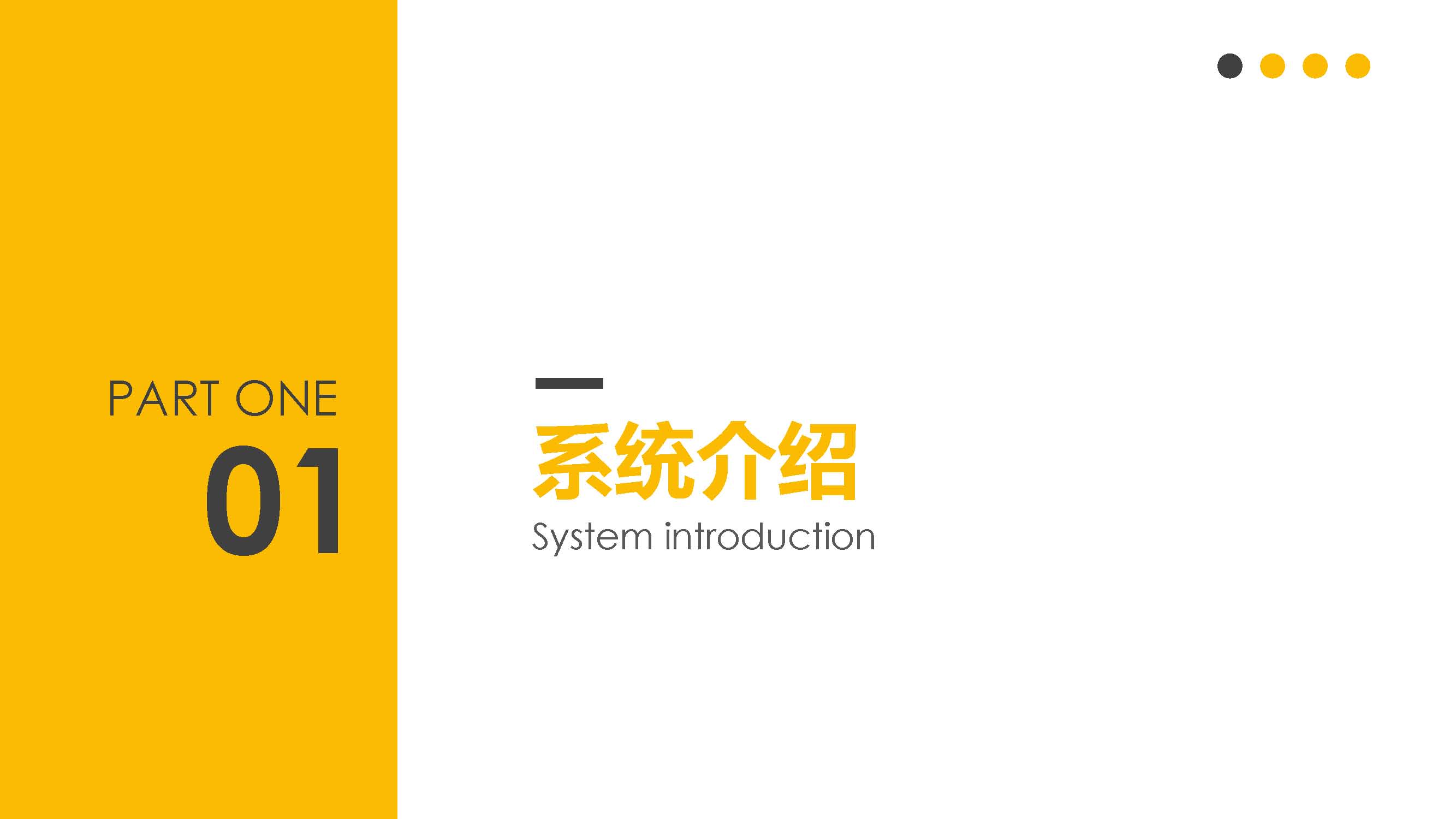
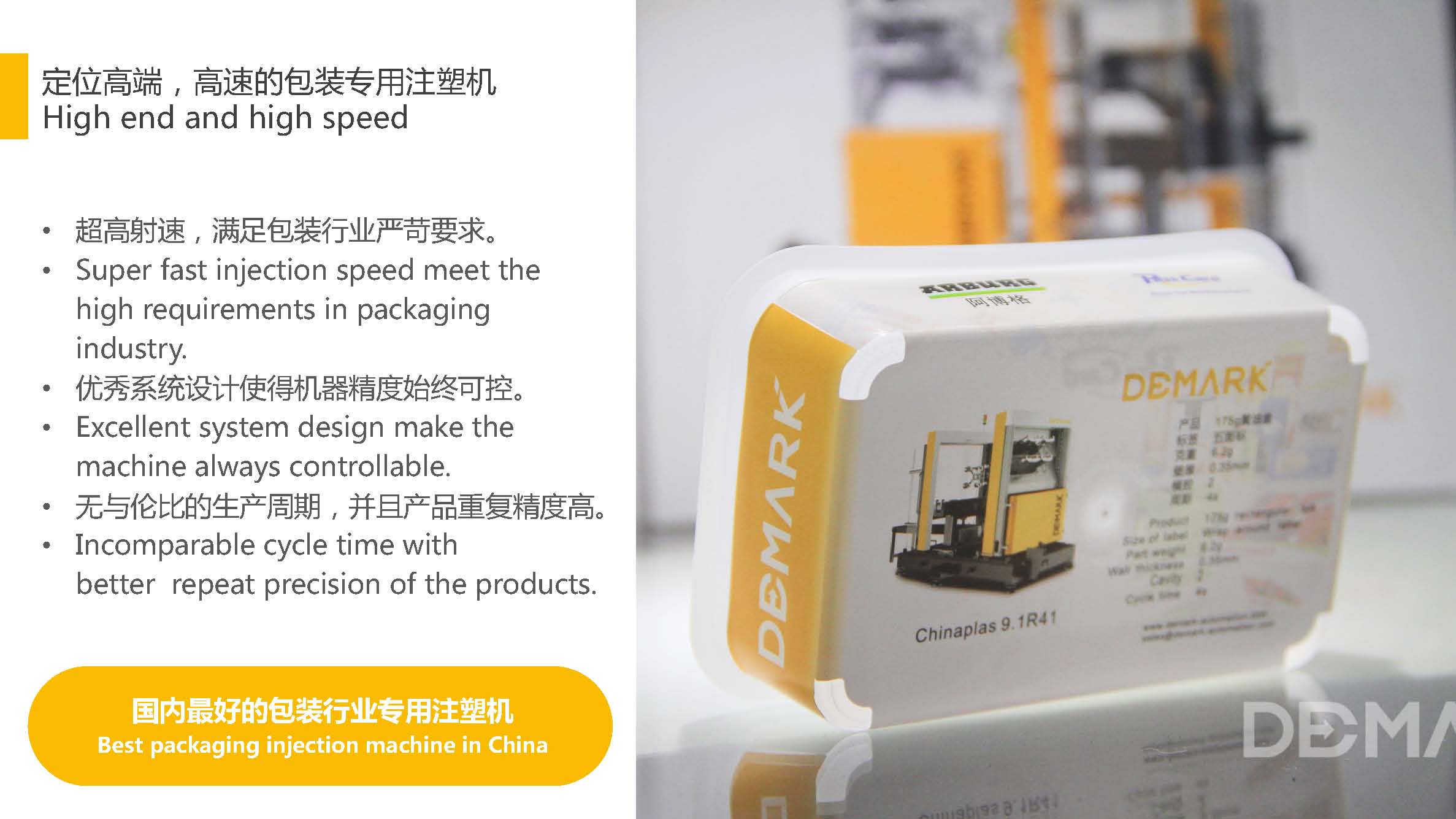
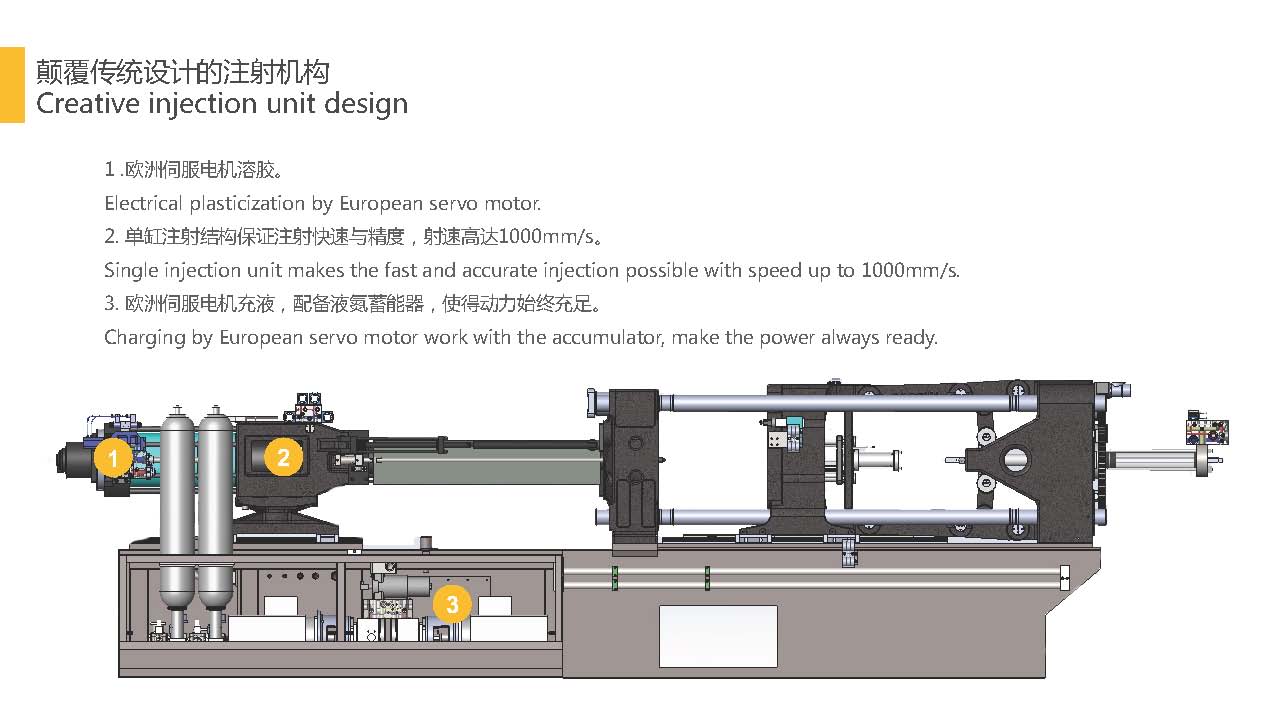
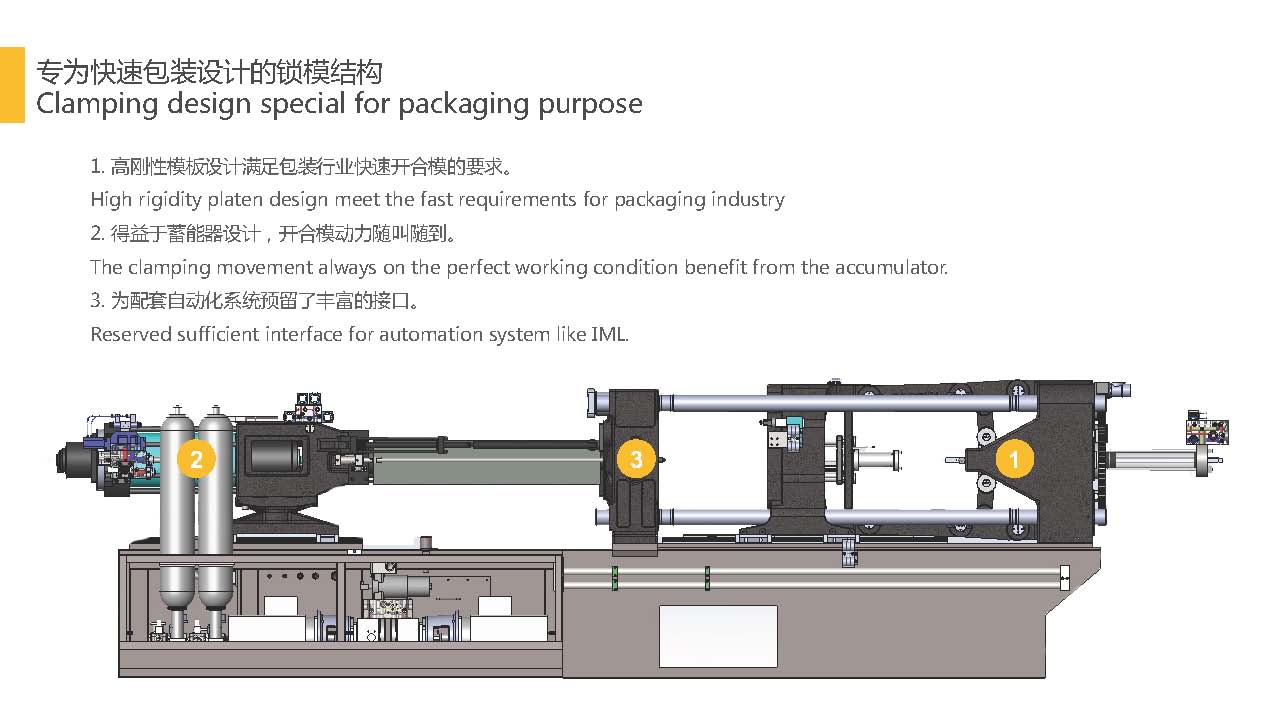
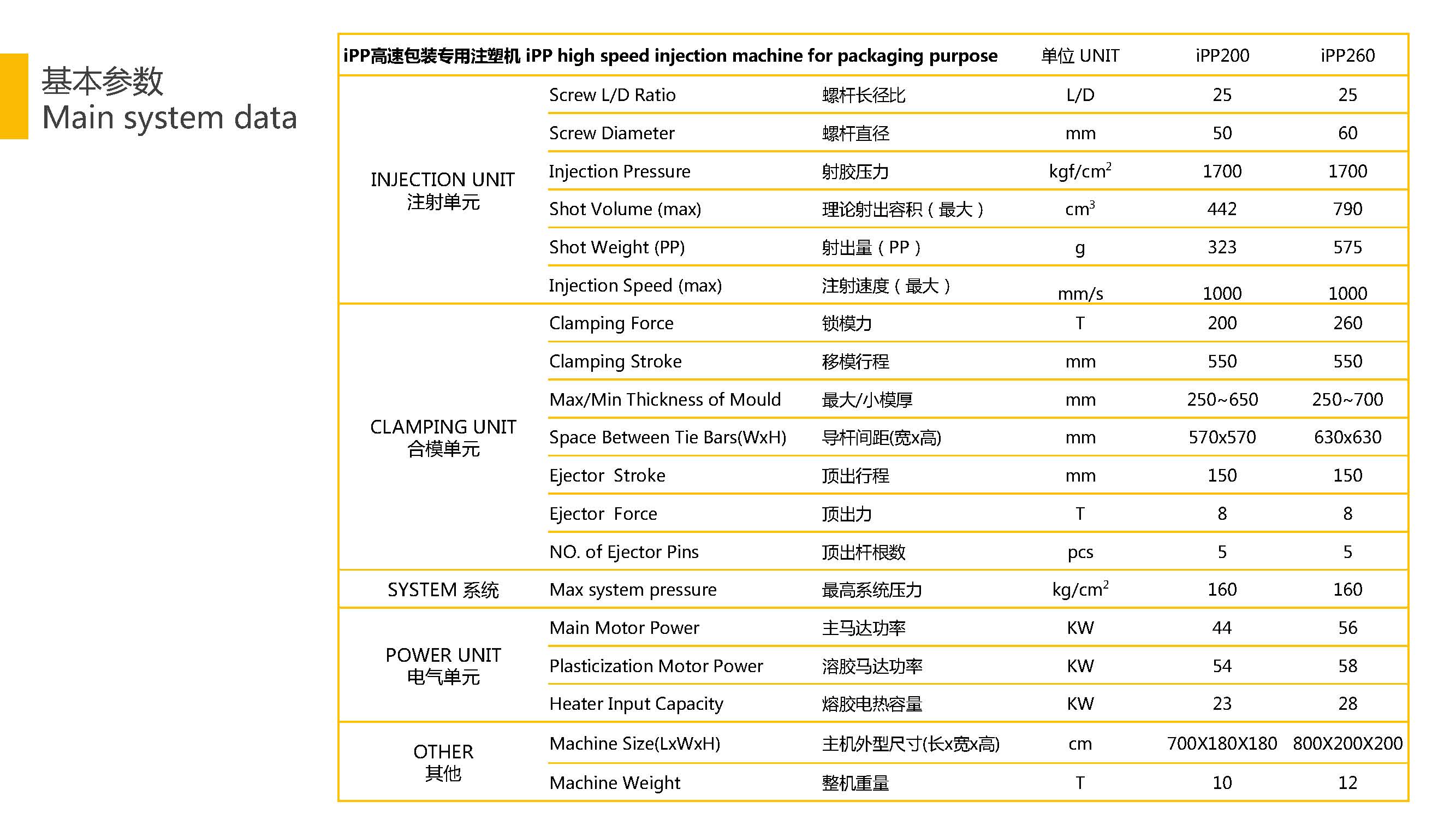
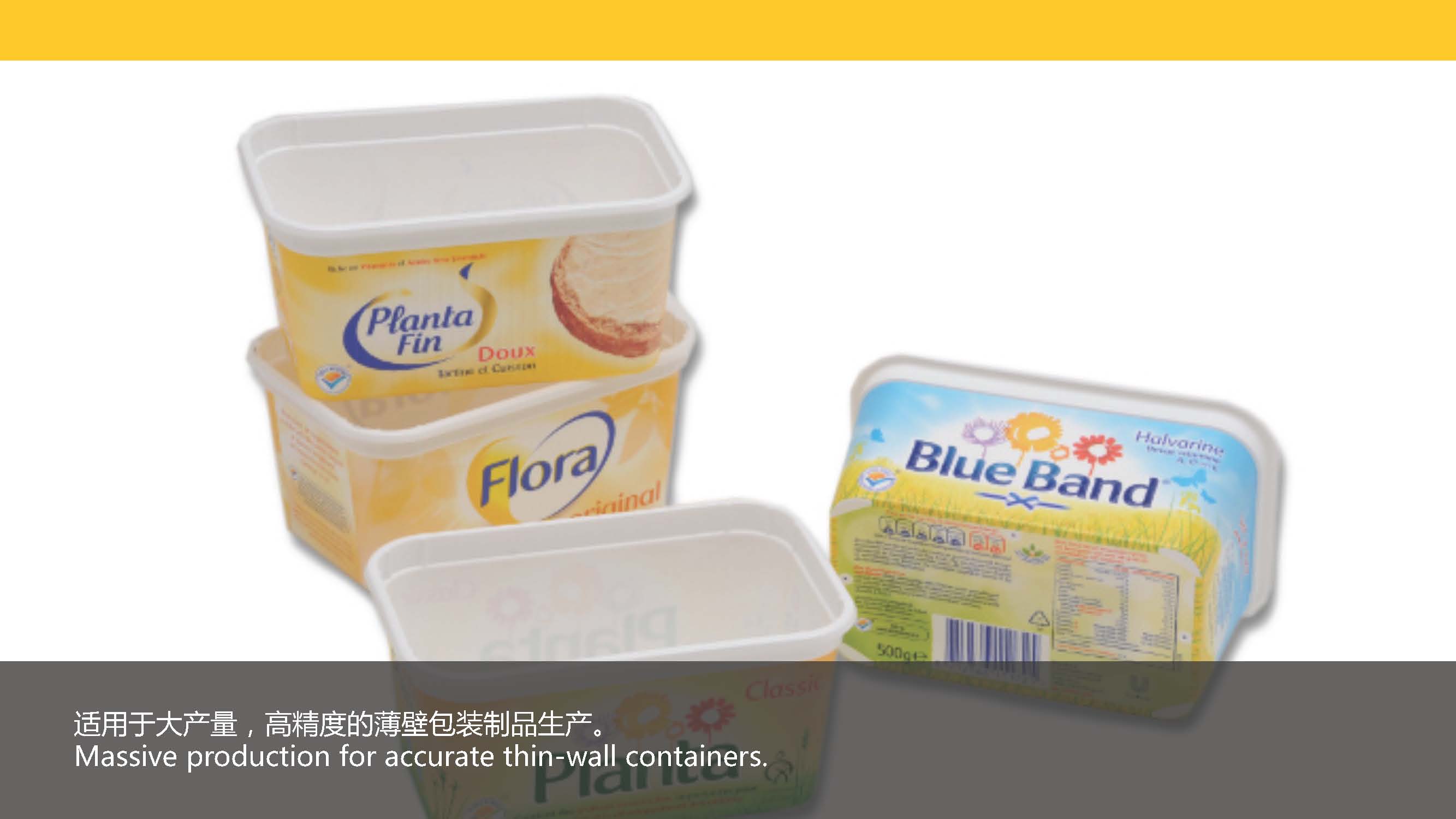
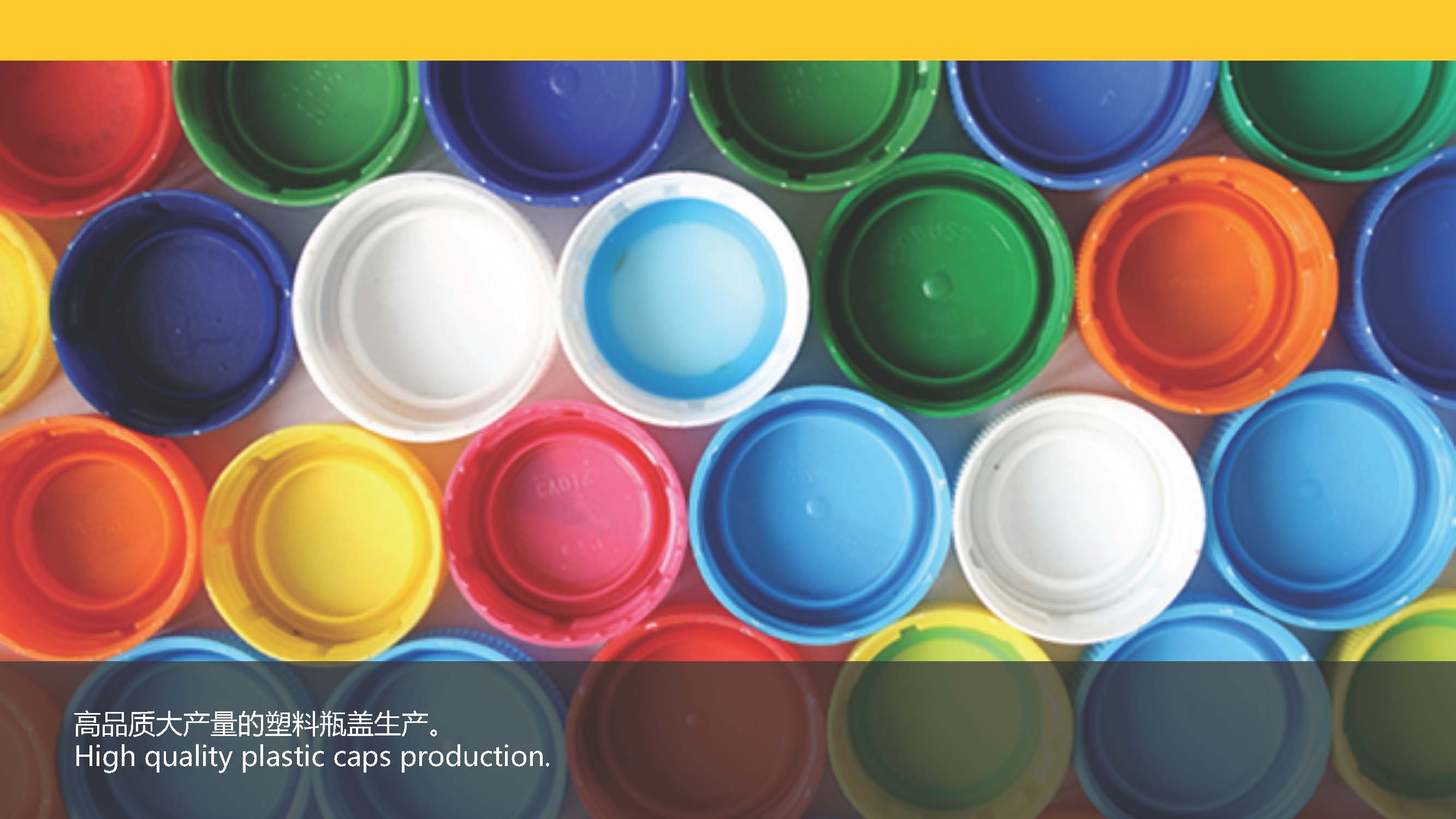
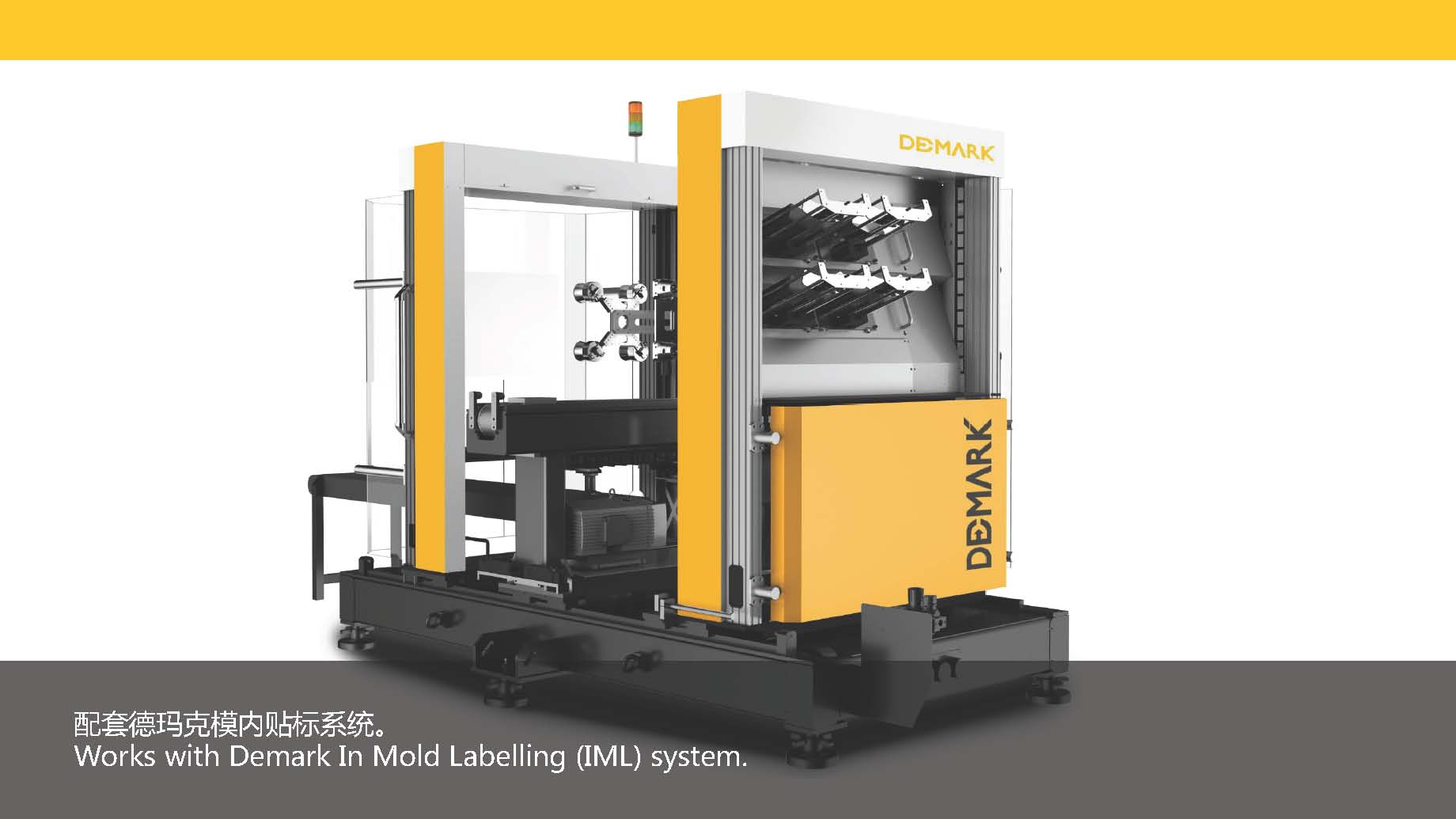
The wet electrostatic precipitator is an effective device for removing harmful substances such as dust, acid mist, water droplets, aerosols, odors, PM2.5, etc. in wet gas. The main working principle is to apply tens of thousands of volts DC high voltage electricity between the dust collecting pole and the discharge electrode to form a strong electric field, and directly spray the water mist to the discharge electrode and the corona area, and the water mist is split after being charged in a strong electric field. Further atomization, electric field force, collision and interception of charged water mist, adsorption and condensation, together to capture the dust particles, the final dust particles are driven by the electric field force to reach the dust collecting pole and captured; and dry electricity The dust collector reduces the gray vibration on the plate to the ash bucket by rapping. The wet electrostatic precipitator sprays water onto the dust collecting pole to form a continuous water film, and the flowing water film washes the captured dust into the ash hopper. Discharge with water. Since the soot generated by the rapping plate is not flying twice, the wet electrostatic precipitator can achieve a very low soot emission concentration.